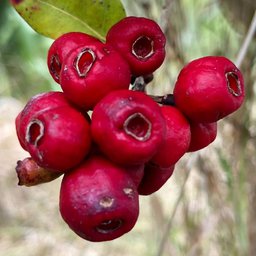
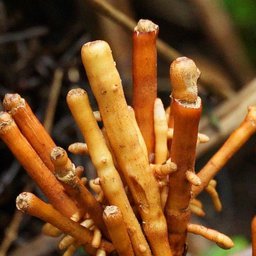
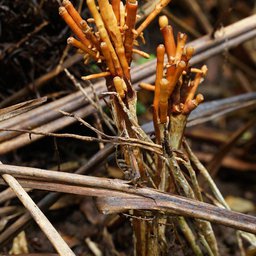
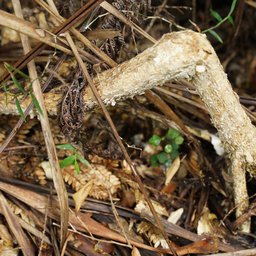
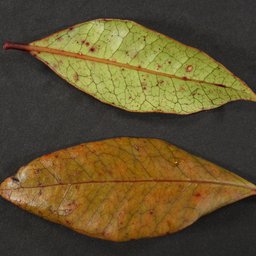

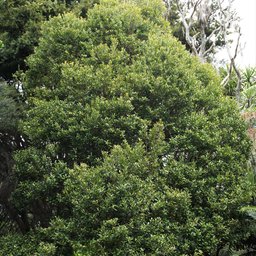

Native plant focus: Maire tawake (Syzygium maire),
Maire tawake (Syzygium maire), also known as Swamp Maire, is a tree up to 16 m high with a trunk up to 60 cm diameter. It is one of our more unique tree species due to it having orange-brown breathing roots (pneumatophores) that extend above ground like knobbly knees. These breathing roots are an adaptation to surviving in saturated soil devoid of oxygen. Its bark is smooth and white and its leaves are similar to Monkey Apple: thin, elliptic, shiny, arranged in opposite pairs on the stem, and often with red blotches and blisters. Flowers: 10 mm diameter, white, with many long stamens, in clusters. Fruit: berry, 10 mm diameter, bright red, containing one seed. Unfortunately, maire tawake is also very susceptible to Myrtle Rust but it was already rare before the arrival of Myrtle Rust because the majority of our wetlands have been drained for farming. New Zealanders often think of native wetlands as mainly consisting of cabbage trees and grasses but that is because almost all of our mature-phase wetland vegetation, with long-lived trees, have been destroyed. Maire tawake was once one of three tall tree species that inhabited New Zealand’s wetlands. If we can get approval from Auckland Council, Restoration Ruatuna would like to establish this species in a wetland near Western Park.
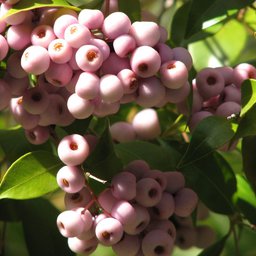

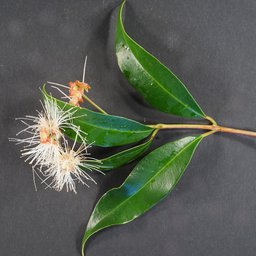
Pest plant focus: Monkey Apple (Syzygium smithii) (formerly Acmena smithii).
Monkey Apple is in the myrtle family; a family that also includes our native rata, manuka, kanuka, ramarama, pohutukawa and the Australian gums. However, its closest New Zealand relative is maire tawake (Syzygium maire). Monkey apple is a very fast-growing tree that can live for more than 100 years. Its shade-tolerant seedlings form dense stands in native forest that smother and kill native plants. Each tree produces hundreds of seed that are widely dispersed by birds, especially kereru. Another issue with Monkey Apple is that it is helping to spread Myrtle Rust which threatens our native Myrtles. There is no excuse for people keeping these trees on their property.
Killing Monkey Apples can be difficult
- Pull or dig out seedlings and leave on site to rot down.
- Cut trees and treat stump with MetGel Cut ‘n’ Paste
- or Drill holes, or cut frills with an axe a couple of cm deep, every 10 cm around the trunk and apply MetGel Cut ‘n’ Paste.